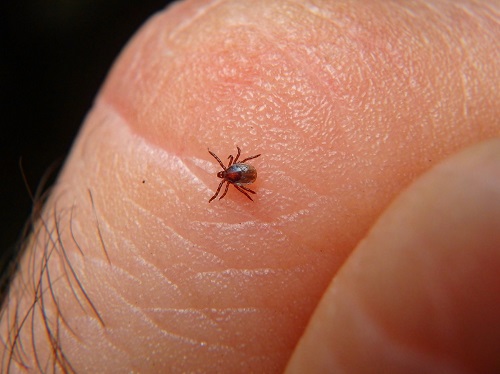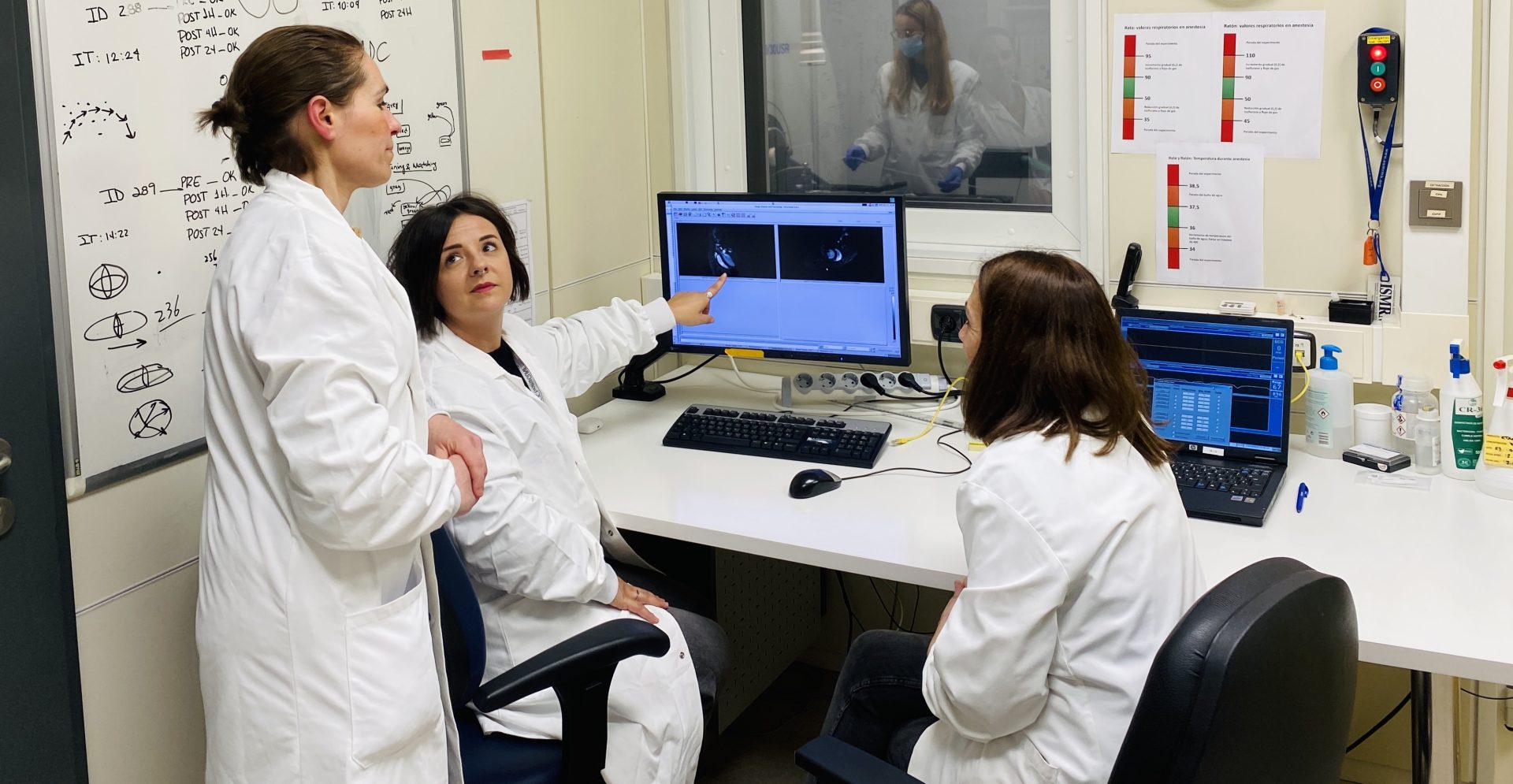The link between human and animal health under debate

NEIKER has organised the conference “From animals to humans: communicable diseases and One Health”, in collaboration with the Official College of Veterinarians of Bizkaia.
During the event, some of the keys to the One Health concept were unravelled, a global and integral perspective to understand the interdependence between animal and human health, as well as its link with the ecosystems of which they form part.
Humans and animals have a very close relationship: we share space, food and even diseases. For this reason, protecting biodiversity while maintaining healthy and functional ecosystems has a positive impact on our health. Based on this premise, a term was created in early 2000 to define this concept: One Health, a term that has been gaining importance in recent years due to changes in the interactions between people, animals, plants and the environment.
Factors such as human population growth and close contact with wild and domestic animals have facilitated the spread of some animal-borne diseases, also known as zoonoses. These diseases are transmitted naturally between vertebrate animals and humans, or vice versa, either directly or through food or arthropod vectors such as mosquitoes, sandflies or ticks, which are capable of transmitting infections in an increasingly interconnected world.
In order to try to unravel the complexity of this concept, the NEIKER technology centre, a member of the Basque Research and Technology Alliance (BRTA), has organised, in collaboration with the Official College of Veterinarians of Bizkaia, the conference “From animals to humans: transmissible diseases and One Health”.
The event attracted numerous professionals from the field of human and animal health, technicians from the areas of livestock, public health and epidemiology from different administrations, as well as researchers from different research centres and academic institutions such as the University of the Basque Country UPV-EHU.
Throughout the conference, different topics have been addressed taking as a main basis the great challenge posed by zoonoses and antimicrobial resistant bacteria for public health, since, as Joseba Garrido, head of NEIKER’s Animal Health Department, states, “they are essential to comprehensively understand human, animal and environmental health problems and to internalise the need to have a vision of this concept at a global level”. Likewise, during their speeches, the different experts who took part in the event have gone into the results of the research work they are carrying out in animal and human health in depth.
Eight conferences for ‘one health’
The day began with a talk by Rosa María Estévez Reboredo, head of microbiological information systems and head of the zoonosis unit within the Epidemiological Surveillance Analysis Area of the National Epidemiology Centre of the Carlos III Health Institute. During his talk, entitled “Zoonoses: a great challenge for public health”, Estévez explained to the audience the importance of zoonoses from the point of view of public health and reviewed those diseases with the greatest impact and which are most threatening to human health at both national and global level.
In the second talk, “The relationship between biodiversity and zoonoses in a context of global change”, Aitor Cevidanes, researcher at NEIKER’s Animal Health Department, spoke about the most determining factors in the transmission of zoonoses related to the diversity of wild fauna. To do so, he presented some examples of research carried out in our territory.
Afterwards, Ana L. García Pérez, researcher at NEIKER’s Animal Health department, gave her point of view on the impact of Q fever and the risk factors for the appearance of outbreaks. In her talk, she reviewed the generalities of Q fever and the interdisciplinary work carried out in the Basque Country to resolve outbreaks, in order to find out the source of contagion.
The last talk of the first part of the session was given by Marta Barral, researcher at NEIKER’s Animal Health Department. In her presentation, “Highly pathogenic avian influenza”, she described the current situation both globally and more specifically in the Basque Country, where a large number of affected wild birds have been detected in the last year.
After the break, the first block on antimicrobial resistance was divided into two talks, the first given by Ana Hurtado, a researcher from the NEIKER Animal Health department, who in her talk entitled “Antimicrobial resistance in livestock farming” gave an overview of the situation in this field and presented some of the actions being carried out to combat the problem in the field of livestock farming.
Later in the same block, Miriam Alkorta, head of the Gastrointestinal Infection and Parasitology section of the University Hospital of Donostia, spoke about the main food-borne pathogens such as Campylobacter and Salmonella, and the resistances associated with these infections in clinical cases diagnosed in the hospital.
The day concluded with a block focused on vector-borne diseases. In the first talk, “Arthropod vectors of diseases of interest in human and animal health in the ACBC”, the researcher from the Animal Health department of NEIKER, Jesse Barandika, summarised the most interesting results obtained in the surveillance programmes of vector species such as mosquitoes and ticks, both invasive and autochthonous, carried out in our community over the last decade.
The event ended with the intervention of Miguel Angel Jiménez Clavero, researcher at the National Institute of Agricultural and Food Research and Technology (INIA-CSIC), leader of the research group on Emerging and Transboundary Diseases, Zoonosis section, and director of the department of Infectious Diseases and Global Health at this centre.
In his talk entitled “Emergence of viral zoonoses in the Iberian Peninsula”, he presented some of the cases of this type of disease that have occurred in recent years in the Iberian Peninsula, with special emphasis on the studies carried out in relation to outbreaks of West Nile disease and cases of Crimean-Congo haemorrhagic fever (CCHF). In addition, during his speech, he also highlighted the importance of the study of wild birds due to their participation in the spread of this type of zoonosis.





